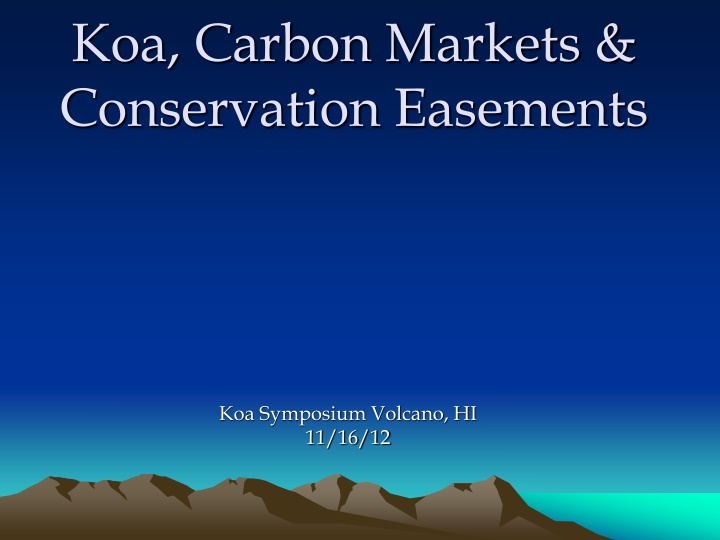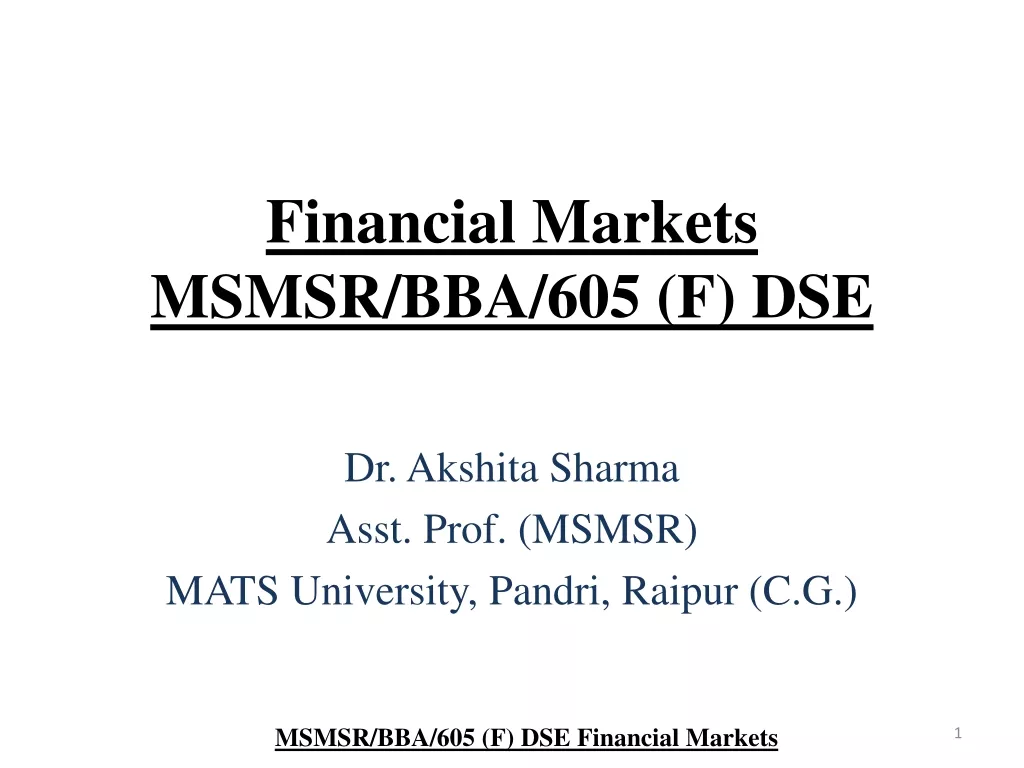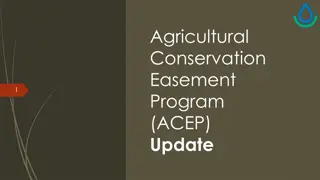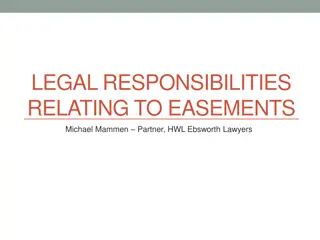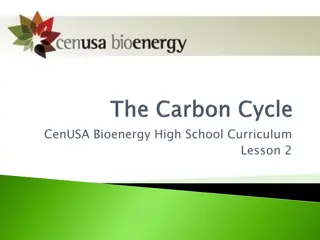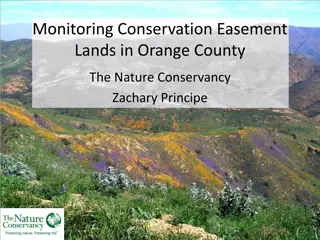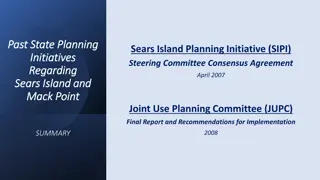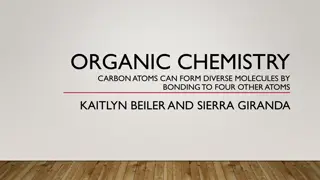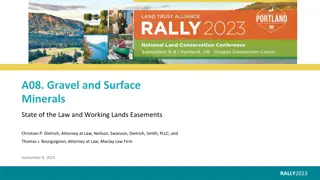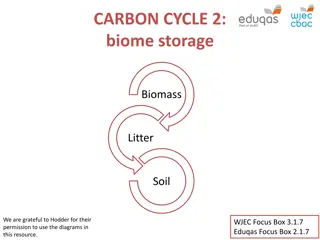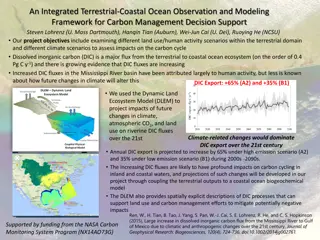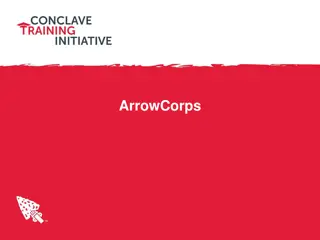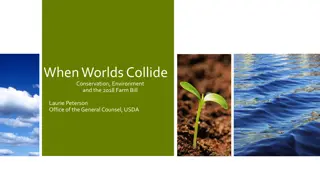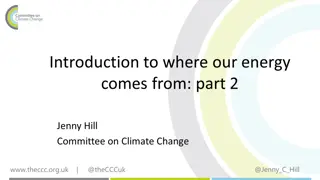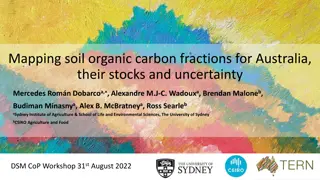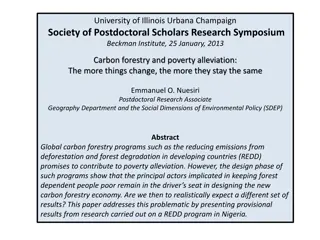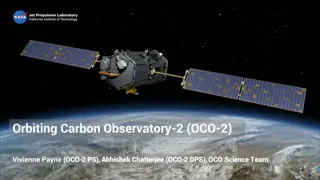Intersection of Koa, Carbon Markets, and Conservation Easements
Delve into the intricate relationship between Koa forests, carbon markets, and conservation easements. Discover the ecosystem services provided by Koa trees, the value of Koa wood products, and important considerations when entering into conservation easements. Explore the potential of the carbon market for long-term forest care and the various project types available. Uncover the complexities and possibilities in utilizing Koa forests for conservation and carbon trading.
Download Presentation

Please find below an Image/Link to download the presentation.
The content on the website is provided AS IS for your information and personal use only. It may not be sold, licensed, or shared on other websites without obtaining consent from the author.If you encounter any issues during the download, it is possible that the publisher has removed the file from their server.
You are allowed to download the files provided on this website for personal or commercial use, subject to the condition that they are used lawfully. All files are the property of their respective owners.
The content on the website is provided AS IS for your information and personal use only. It may not be sold, licensed, or shared on other websites without obtaining consent from the author.
E N D
Presentation Transcript
Koa, Carbon Markets & Conservation Easements Koa Symposium Volcano, HI 11/16/12
Koa & Conservation Easements Ecosystem Services: biodiversity habitat, watershed protection, carbon storage, soil protection & nitrogen fixation, photosynthesis (absorb CO2/release O2). Koa Wood Values & Products: cultural & spiritual importance, crafts, musical instruments, canoes, veneer, furniture. Reduced Forest Conversion: purchased development and resource rights to protect, buffer and impact human development localities.
Koa & Conservation Easements Important Considerations: 1)The value of koa on the land in a CE appraisal may or may not be included in the valuation. Appraisals are based on Highest and Best Use ; often means only the development potential and not necessarily the natural resource value as well. 2)Along with development rights, the annual volume & method of harvest of wood products will likely be part of a CE negotiation process. 3) Despite much opposition and many other states lead, in HI property taxes do not go down after selling a CE.
Koa & the Carbon Market/Trading New revenues for long term forest care Continued multiple use capacity Protection of ecosystem services Limited but steady harvest of products
Koa & the Carbon Market/Trading Project Type: Reforestation/Afforestation Improved Forest Management Avoided Conversion Markets: Cap & Trade or Mandatory Voluntary Standards: Voluntary Carbon Standard Climate Action Reserve American Carbon Registry Many Others Not Investigated by the State Eligibility Criteria: Additional Permanence Leakage Time and Species Selection
Koa & the Carbon Market How does one choose a carbon project site? What is your project type & long term goal? What is presently on the land & what s it capable of growing? What are the up front and long term costs for preparing, protecting and maintaining the carbon project over time? How much time do you have?
Koa, Carbon Market & Conservation Easements Complex possibilities and potential limitations Paving new ground with unknown outcomes State Property taxes Carbon Markets won t make you money but they might supplement some of your costs
Thanks To: Elizabeth Boxler, M. Irene Sprecher and Greg Hendrickson for their help with this presentation and for looking closely at these innovative possibilities for helping with the costs of managing some forests in Hawai i.
Thank You Sheri S. Mann Forestry Program Manager Division of Forestry & Wildlife Department of Land and Natural Resources State of Hawai i W: 808-587-4172 E: sheri.s.mann@hawaii.gov
